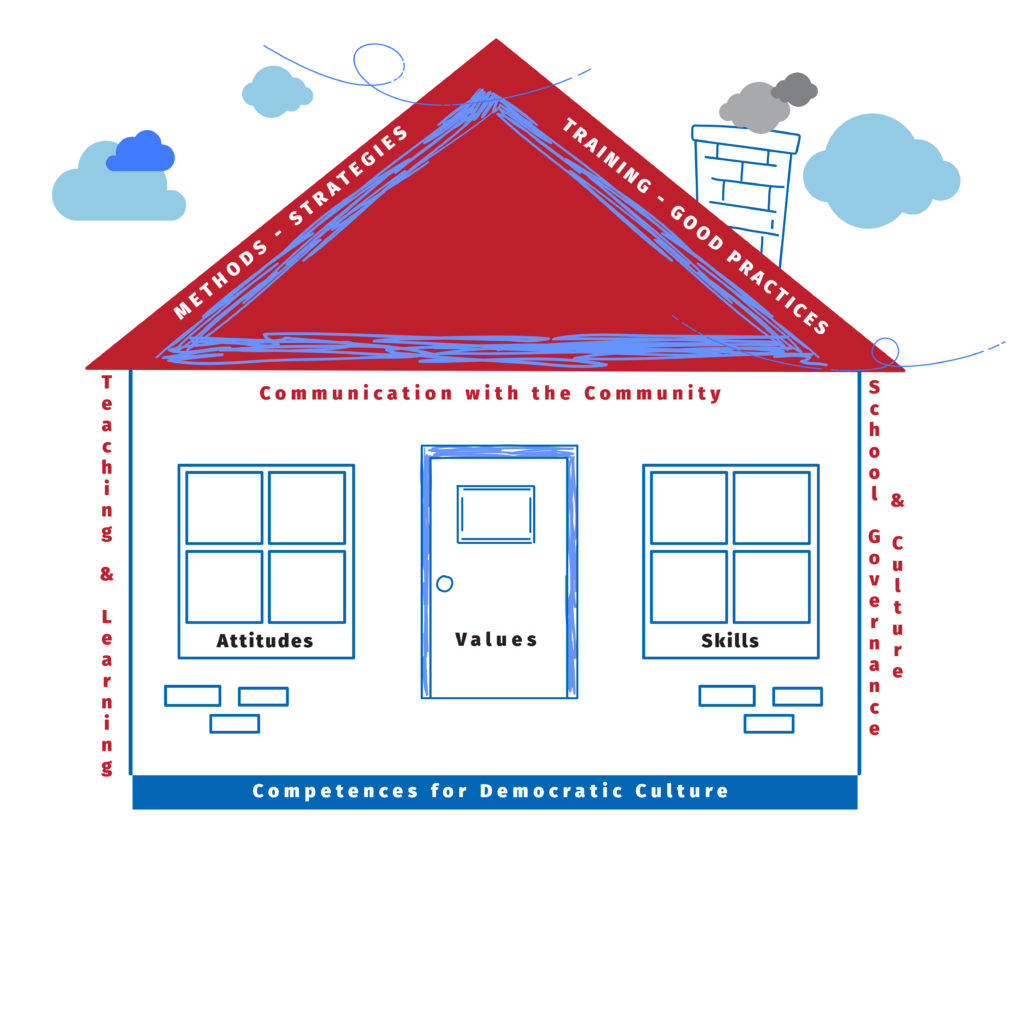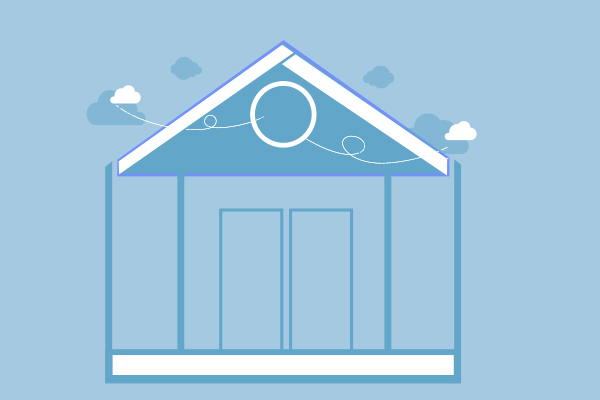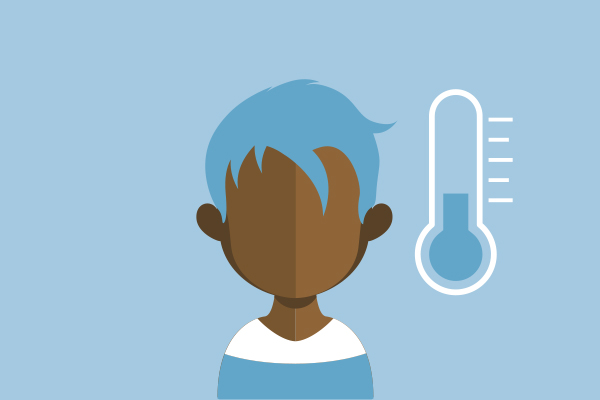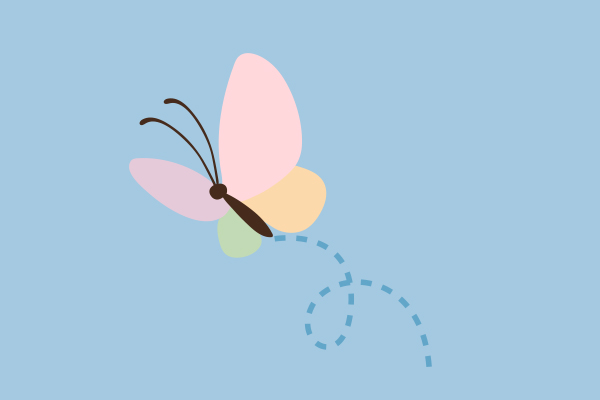Members of the school community (administration, teachers, parents) connect personal school experiences with democratic values and build a model of a democratic school based on their suggestions.
The members of the school community to:
- Actively recognize that implementing EDC/HRE in the school for the benefit of children
- goes beyond subjects and disciplines
- requires a whole school approach,
- it needs principals and teachers, as well as parents to their fair share, to be partners in creating a democratic culture,
- a relationship where the role of the local community is essential.
- Connect their personal school experiences with values of democratic culture,
- describe empirically the three areas of the wholeschool approach,
- propose ideas for actions inside and outside the classroom,
- create a collaborative relationship between the stakeholders in the school community.
Steps
- Divide the plenary into 3 groups of 6-7 members (or more members if needed). Each group is assigned a pilar and it is explained that in this session, group members will reflect on ways that democratic culture competences can be taught through reflecting on each member’s personal experience.
- Personal experiences: The trainees recall experiences from their school life as students. In one minute, individually, each group member chooses one positive (felt good, was proud of) and one negative (wish it hadn’t happened) personal experience as a student and then selects one of these to work with. In pairs (3 minutes + 3 minutes), partcipants share their chosen experience and listen to the other person’s. If the number of participants is uneven, you can work in triads. In the group, the listeners (not those who shared the stories) recount the story they heard to the group (15 minutes in total). Allow for 30 minutes in total.
- Linking personal experiences to core democratic values: Distribute three A4 color cards, cut horizontally in half to each group. The group works on the question: “Which values or competences were respected and caused your good memories and which were disrespected and caused the bad ones?” Group members write values or skills (only positive ones, e.g., justice, not injustice) one on each colored card. As each group finishes, they place their cards on the wall, in the space we have designated to create the school model (image) . We read the democratic values and skills stuck up on the wall. We underline the repetitions. We comment on the thought that there are values and/or skills behind everything that happens in the school. Allow for 15 minutes in total.

4. Presentation of the whole school approach: a) Teaching and learning. b) School governance and school culture. c) Cooperation with the community. Allow for 5 minutes.
5. Construction of the elements of the democratic school model Give each group a sheet of paper from a flipchart block, cut vertically. Assign one pillar to each group (all pillars must be assigned to at least one group). Each group chooses one or at most two values/competences from those on the wall. Each group creates two proposals for specific activities that respect the selected value(s) (e.g., pillar=School governance, value=Respect, proposal=Give all members equal speaking time at council meetings). Each group creates a poster with their suggestions on the flipchart. The trainer explains: The pillars “Teaching and learning” and “School governance” create the walls of the model, so they are written vertically; the pillar “Communicating with the community” creates the ceiling, so it is written horizontally. Allow for 30 minutes.
6. Building the model of the democratic school by all groups. Each group places their poster on the wall. Invite the group to stand in front of the model. Add the “roof” with joined colored cards that say “strategies, methods, tools, good practices”. Add to the empty space in the front of the school the door where we write VALUES (on A4 paper) and two windows where we write SKILLS and ATTITUDE. Allow for 10 minutes.
Evaluation
Feedback and reflection discussion at the end in plenary, focusing on the expected learning outcomes in reference to the building on the wall.

Duration: 90 minutes
Materials:
- Wall where we can stick paper
- flipchart paper
- markers, at least three colors per group
- A4 paper of different colors
- paper tape and/or blue tack
- scissors.





